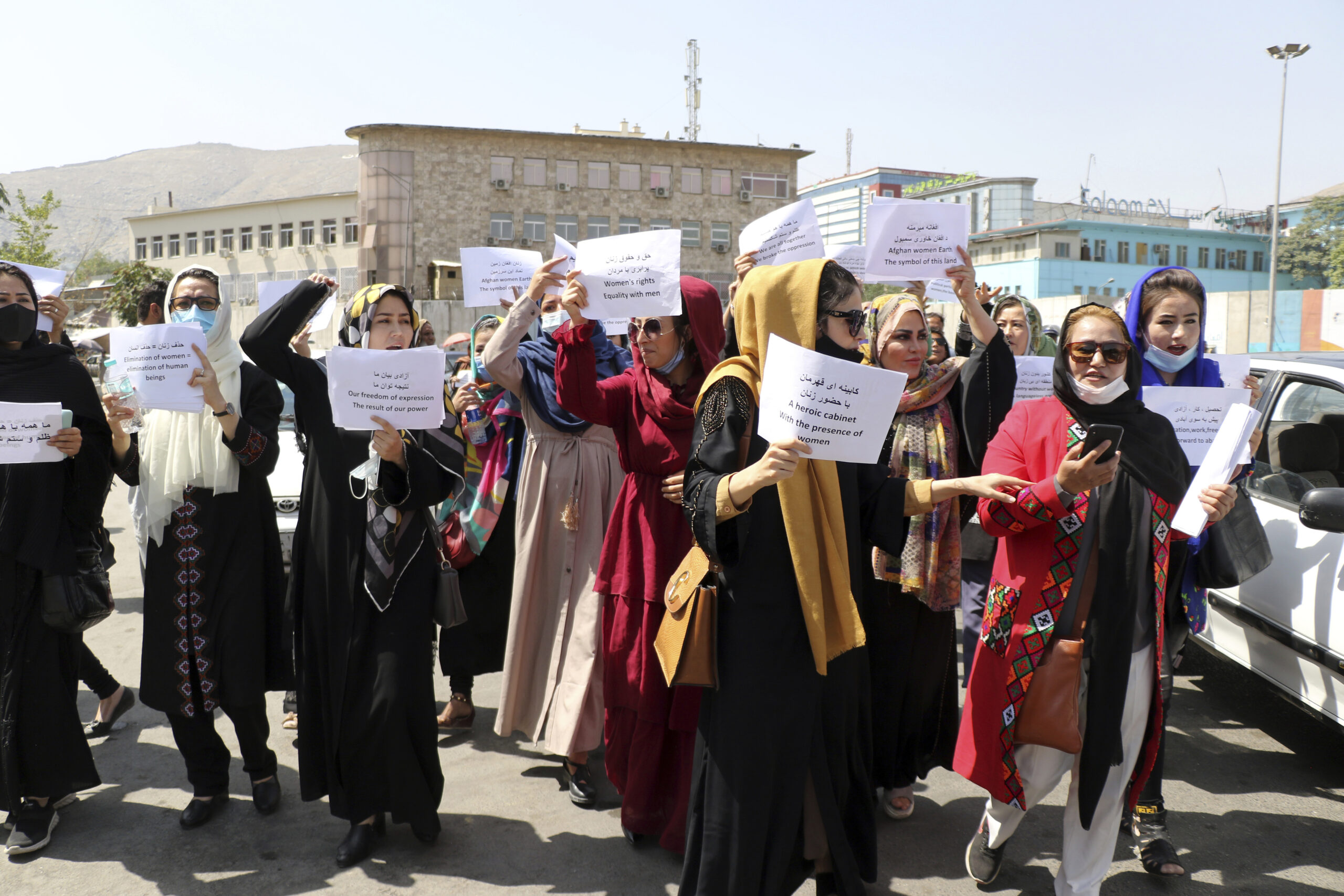MORGANTOWN – The Taliban, Al Qaeda and ISIS are three names on our lips more often these days in the wake of the chaotic U.S. exit from Afghanistan and the ongoing violent turmoil there.
All three are considered terrorist groups and employ violent tactics to achieve their ends, so for many of us they may seem like the same thing with different names. We wanted to find out how and why they are different.
We spoke to WVU associate geography professor Karen Culcasi, whose areas of study include the Middle East and the Arab world, and who recently began a new funded project on Islamophobia and Muslim’s daily lives in West Virginia.
We also culled material from articles in The World, an international public radio program; Forces Network, a publication of the British military charity BFBS; and the Brookings Institute.
Culcasi is attributed throughout; material from the others is blended.
A report issued last month by the Congressional Research Service notes that the Taliban is not a U.S.-designated Foreign Terrorist Organization and the existing agreement with the Taliban commits them to undertake unspecified counterterrorism efforts and to prevent any group, including Al Qaeda from using Afghan soil to threaten U.S. security.
Culcasi said all three groups have a fundamental basis in invoking and maintaining sharia law. There is no formal book of sharia law. It’s based on loose ideas that have been open to widely different interpretations. Sharia means the path or the right path.
Muslims for Progressive Values further clarifies that “Sharia is not a legal system. It is the overall way of life of Islam, as people understand it according to traditional, early interpretations. … Sharia was created by people who interpreted the Qur’an and the words and actions of the Prophet Muhammad.”
Culcasi said all three groups were formed based on politics to push out occupying foreign powers from where they lived. All three practice the Sunni branch of Islam.
The various sources add that all three are radical jihadist groups dedicated to combating the threat of Western culture to Islam. But they have differing views that are often in conflict with each other.
The Taliban and Al Qaeda, she said, have strict parameters on who you can hurt and who you can kill. They may target Muslims who’ve left the faith and people from other religions who’ve hurt Muslims. Al Qaeda renounced its affiliations with ISIS in 2014, believing ISIS is too brutal.
The other sources explain that Al Qaeda formed in 1988 in Pakistan under the leadership of Osama Bin Laden and Mohammad Atif, the long Soviet occupation of Afghanistan was drawing to a close. Al Qaeda was behind the 9/11 terrorists attacks. Now it is a global network.
Culcasi said, “That was really challenging for America to go to war not with a country or a state but with a networked organization.”
The various articles explain that the Taliban arose from the traditional Pashtun tribal way of life in Afghanistan and governed the country from 1996 to 2001. It sought to restore peace and security via Sharia law in the Pashtun areas of Pakistan and Afghanistan.
We refer to ISIS by several names: ISIS, ISIL, IS (Islamic state) and Daesh. Americans, Culcasi said, usually use ISIS or ISIL. It refers to itself as IS, Islamic State, to indicate it seeks to liberate all Muslim territories, not just Iraq and Syria where it arose and was concentrated.
Muslims around the world, she said, often use Daesh because its letters transliterate the same Arabic words we turn into ISIS, and because the word itself is derogatory and offends and angers ISIS members. “They loathe this group and they want them undone.”
ISIS was firmly established in 2014, the articles report, after Mosul in Afhganistan fell and some Taliban leaders defected and joined with ISIS leader Abu Bakr al-Baghdadi. The Taliban is the larger of the two.
And while the Taliban and Al Qaeda primarily practice guerrilla warfare, the articles say, ISIS employs more traditional combat tactics similar to those of a typical army.
ISIS-K – ISIS Khorasan Province – carried out the terror attack in Taliban-controlled Kabul outside the Kabul airport that killed 13 U.S. service members and more than 150 Afghan civilians. It was formed in 2015 by militants from Pakistan along with discontent Taliban members, and operates in the North and east of Afghanistan close to Kabul, the capital.
ISIS-K has a hostile relationship with the Taliban, the articles report, and declared the Taliban to be apostates and foreign spies that were working for the Pakistani intelligence agency.
Al Qaeda and the Taliban also have an uneasy relationship, they say. Al Qaeda is a decentralized global network while the Taliban is focused on running Afghanistan. The Taliban suffered for Al Qaeda’s 9/11 attack.
All three groups are viewed as oppressing women. Culcasi said that while all three love their women, they just don’t want to give their women liberty and rights. “It’s masculinity and patriarchy at incredible levels.”
The Taliban, the articles say, prohibit females over age 10 from receiving an education.
Culcasi adds that all three groups have reservations about women being in positions of power and serving in public spheres.
While the Taliban has promised to treat women better this time around, we’ve seen in recent news reports, it’s already forced female news anchors out of their jobs and what will happen with the U.S. gone remains to be seen.
Culcasi said the other two groups value women being educated. Women are responsible for rearing large families and they want the children to be educated. “So it’s actually very valued and it’s very common even in very, very conservative places for women to be educated.”
Tweet David Beard @dbeardtdp Email dbeard@dominionpost.com




